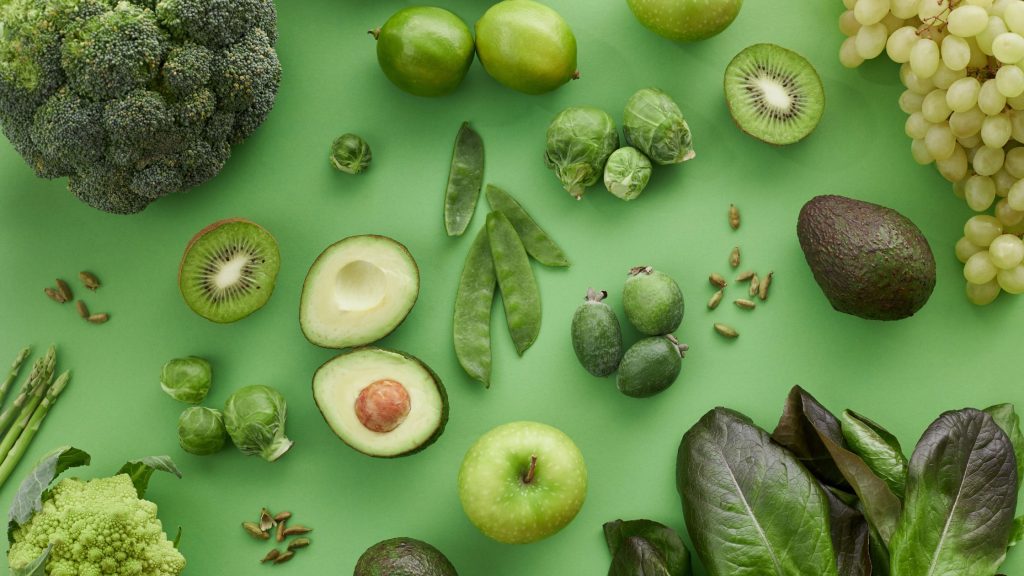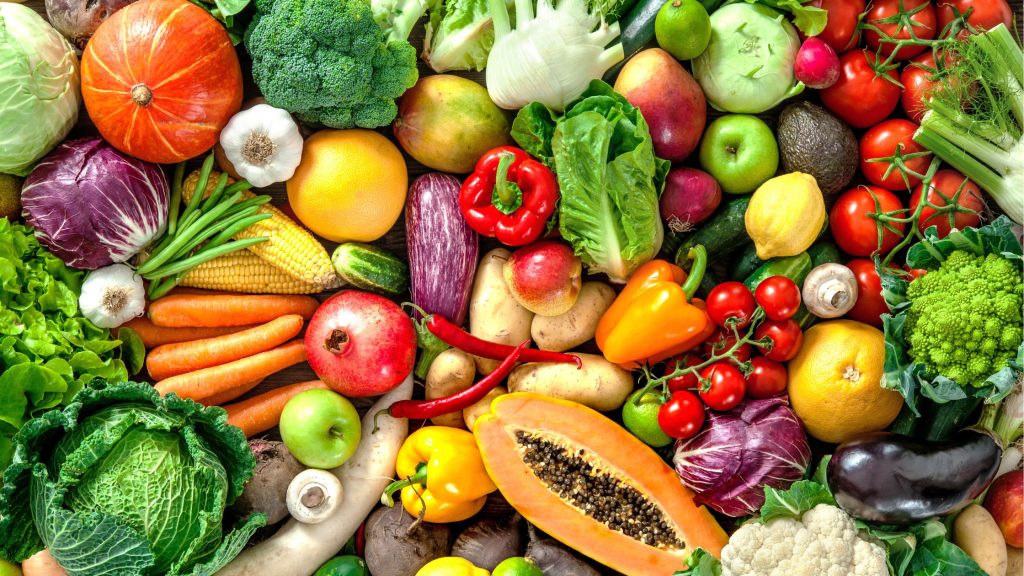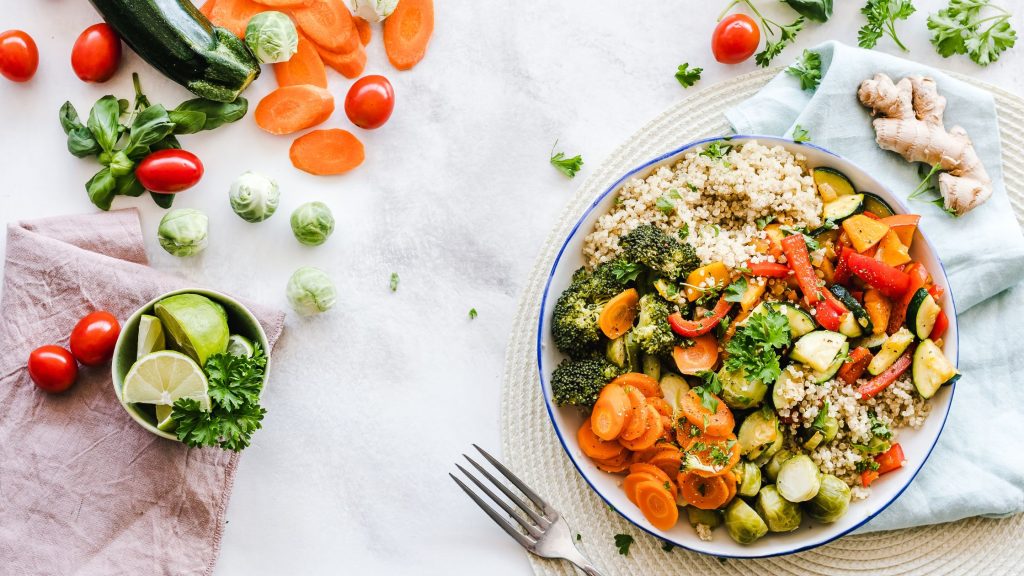Imagine if I told you there’s a magic wand that could solve a multitude of problems. It could help you lose weight, fight off diseases, improve your mood, boost your energy levels, and even help you live longer. Sounds too good to be true, right? Welcome to the magical world of nutrition food.
The Real-Life Power of Nutrition Food

Let’s take a stroll down memory lane. Remember Alice, our office buddy? Always vibrant, always glowing, she could make it through the busiest of workdays without losing her charm. A few years back, Alice wasn’t as energetic. She suffered from constant fatigue, frequent colds, and her productivity levels were below par.
But one day, Alice took charge. She traded the office vending machine’s chocolate bars and soda cans for nutrition food – a bounty of fruits, vegetables, lean proteins, and whole grains. It’s not an exaggeration to say that the transformation we saw was nothing short of a miracle. That’s the power of nutrition food, folks.
Unpacking the Nutrition Food List
Fruits and Vegetables: Nature’s Pharmacy

Let’s start with the most colorful members of our nutrition food list: fruits and vegetables. They are loaded with essential vitamins, minerals, and fiber. For instance, the humble banana, a perfect on-the-go snack, is packed with potassium and vitamin B6. On the other hand, sweet bell peppers, in their rainbow of colors, deliver a massive dose of vitamin C. Try to get at least five servings of fruits and vegetables every day.
Whole Grains: Fuel to Keep You Going
Next up on our nutrition food list are whole grains, the body’s primary source of energy. Brown rice, oatmeal, whole wheat bread – these aren’t just filling; they’re nutrition powerhouses. They’re rich in fiber, helping you feel full and supporting good gut health. Did you know that switching your breakfast cereal to oatmeal could help lower cholesterol levels?
Lean Proteins: The Building Blocks
From repairing a tiny scratch on your skin to building your muscles, proteins have a crucial role. Lean proteins – think fish, poultry, beans, and lentils – should be a staple part of your nutrition food list. Not a meat fan? Quinoa and buckwheat are plant-based proteins that have all nine essential amino acids.
Healthy Fats: Yes, Good Fats do Exist

Contrary to popular belief, not all fats are bad. Monounsaturated and polyunsaturated fats, found in foods like avocados, nuts, seeds, and fish, are beneficial for heart health. A handful of almonds or a piece of grilled salmon can go a long way in enhancing your nutrition food profile.
The Bitter Truth About Sugar
Alright, here’s a not-so-sweet truth: Too much sugar can lead to weight gain, type 2 diabetes, and heart disease. Sugary drinks, candy, baked goods, and many processed foods have high sugar content. Swapping these with fruits, dark chocolate, or yogurt can help cut down your sugar intake, bringing us back to the wonderful world of nutrition food.
Make the Switch: The Nutrition Food Challenge

Starting your journey in the world of nutrition food can be daunting, but remember, it’s not about being perfect. It’s about making better choices one step at a time. So, here’s the challenge. For a week, try swapping one processed item in your diet for one item from our nutrition food list. You could trade white bread for whole grain bread or maybe swap your afternoon soda for a fruit smoothie. By the end of the week, who knows, you might find yourself a step closer to becoming the next Alice.
Embarking on the nutrition food journey is like opening a gift box; you uncover layers of benefits as you go along. Here’s to starting this exciting journey towards a healthier, happier you. Remember, it’s not a diet; it’s a lifestyle.
Sources
Let’s cite some authoritative sources to substantiate the claims made in this article.
- The value of fruits and vegetables is well-researched. The World Health Organization (WHO) suggests that the consumption of fruits and vegetables could help prevent various diseases, including heart disease and certain types of cancer 1.
- The importance of whole grains is echoed by the American Heart Association, which suggests that whole grains can help improve heart health and lower the risk of diseases like stroke and diabetes 2.
- The significance of lean proteins is supported by the National Institutes of Health (NIH). They suggest that high-protein foods can help manage body weight and improve overall health 3.
- The benefits of healthy fats, particularly omega-3 fatty acids, are well-accepted in the scientific community. The Mayo Clinic, for instance, suggests that omega-3 fatty acids can decrease the risk of heart disease 4.
- The adverse effects of high sugar consumption are well-documented by the Harvard School of Public Health. They warn that overconsumption of sugary drinks and foods can lead to weight gain and an increased risk of type 2 diabetes and heart disease 5.
I hope these sources offer clear scientific backing to our discussion on nutrition food!
Footnotes
- “Fruit and vegetable promotion around the world – WHO” ↩
- “Whole Grains and Fiber – American Heart Association” ↩
- “Protein – National Institutes of Health” ↩
- “Omega-3 in fish: How eating fish helps your heart – Mayo Clinic” ↩
- “Sugary Drinks – The Nutrition Source – Harvard T.H. Chan School of Public Health” ↩.




